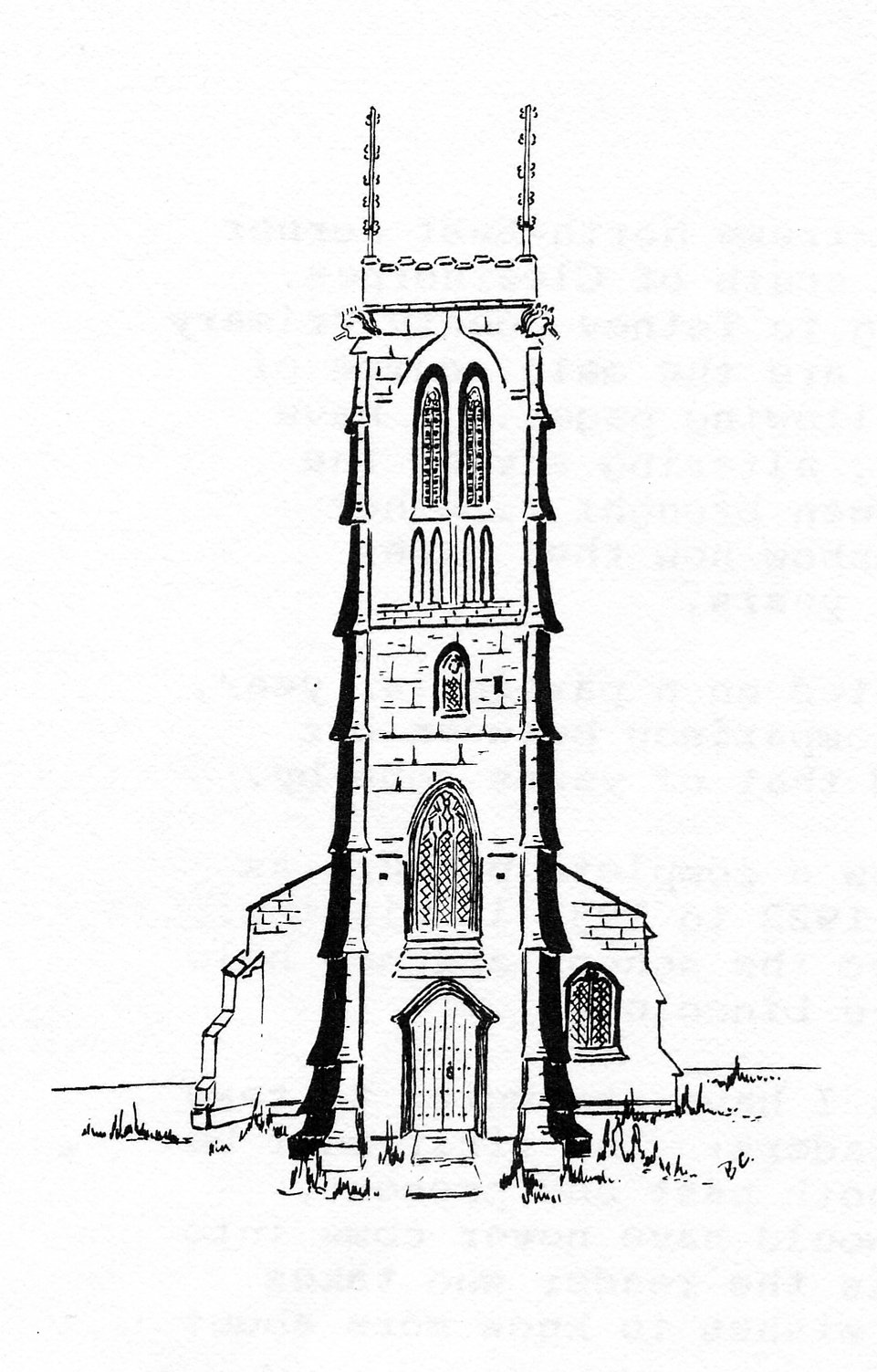" ....... John Eyre is "to be allowed £3. 3.0. for teaching the SundaySchool" at the Parish Church of St. Peter and Paul. 14th February, 1793. (Tetney Lincolnshire - A History, page 93).
Digest of Returns to a Circular Letter from the Select Committee on the Education of the Poor Etc. 1818 - No Return for Tetney.
"Tetney Parish (Pop.647) Three Infant Schools, wherein 8 males and 26 females are under instruction at the expense of their parents. One Sunday School, of 45 males and 20 females, who receive gratuitous instruction.
A few males attend a Free School in Humberston." (Education Enquiry: 1835 Vol. 2. Abstract of the Answers and Returns made pursuant to an Address of the House of Commons, dated 24th May, 1833).
The Rev. William Meyers , the Curate of Tetney, produced a pamphlet before 1836 entitled 'The Benefits and Advantages of Sunday-Schools Considered: and the Establishing of them Recommended', He stated the main advantages as: Improving "the minds and morals of poor children, servants and apprentices". "Make the next generation much wiser and better." Bring "poor children constantly to the House of God." Put a stop to young persons "carrying on diversions and find them employment on the Lord's Day." To "be taught to read their Mother Tongue in a decent manner". "Contribute to the more effectual carrying on of Catechising." Make "a more competent provision for school masters. Four or Five Pounds raised annually .... and given to the school master .... would be a considerable improvement of his income and enable him to live in a very comfortable manner."
In January 1833 fifty-eight people are listed as subscribers to the Tetney Sunday School. Further subscriptions in October and collections after two sermons raised altogether a total of £11 8s.9d.
The Vicar, Rev. E. R. Mantell, gave £8 towards a total of £11 12s. 5d. In 1834/35.
The only income in 1836 was £2 from the Vicar.
“....like the other boys of Tetney he (The Right Rev. the Lord Bishop of Barbados) had to attend the Endowed School of Humberstone.”
Details given, in 1855, by the vicar to the Bishop of Lincoln states that there were, Church, primitive and Wesleyan Sunday Schools. No Church, Day School existed but there was a private school kept by a Primitive Methodist teacher “having 7 girls and 30 boys but not all belonging to this Parish.
The building used for the private school is said to still exist and be situated in North End.
“..... a second chapel (Primitive Methodist Society) was built which was ultimately superseded by the present chapel, which was built in 1856, and will seat 300 – schoolroom included will seat 384.....” (Tetney Lincolnshire A History, page 85).
Source:
1. Tetney Lincolnshire - A History by the Rev. John Wild 1901. Printed for the Author by Albert Gait, Grimsby.
2. Education Enquiry: 1835 Volume 2 (Abstract of the Answers and Returns made pursuant to an Address of the House of Commons, dated 24th May, 1833).
3. A History of Schools and Education in Lindsey, Lincolnshire 1800 - 1902 Part Four, Methodism and the Provision of Day Schools by Rex C" Russell. Published by Lindsey County Council Education Committee, 1967.
4. A History of Schools and Education in Lindsey, Lincolnshire 1800 - 1902, Part Two, Sunday Schools in Lindsey – The Miserable Compromise of the Sunday Schools by Rex C.Russell. Published by Lindsey County Council Education Committee, 1965.
